Network of Multifunctional Open Space
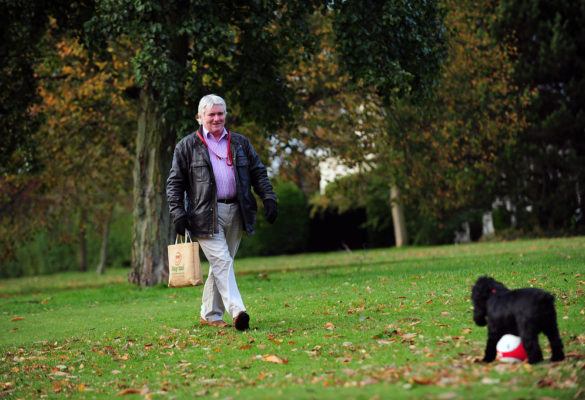
Open spaces provide a potential site for sport and physical activity and the provision of such spaces should be overseen in a way that encourages their formal and informal use. As well as this, the correct utilization of open spaces can contribute to social interaction and thus improve its users’ mental health and wellbeing.
Therefore, one way that active design can be used to facilitate healthy lifestyles is to create a network of multifunctional open space. This should include:
Creating spaces for sport & physical activity
Open space can facilitate a range of uses; therefore, considerations must be made to allow physical activity to become a primary outcome of its use.
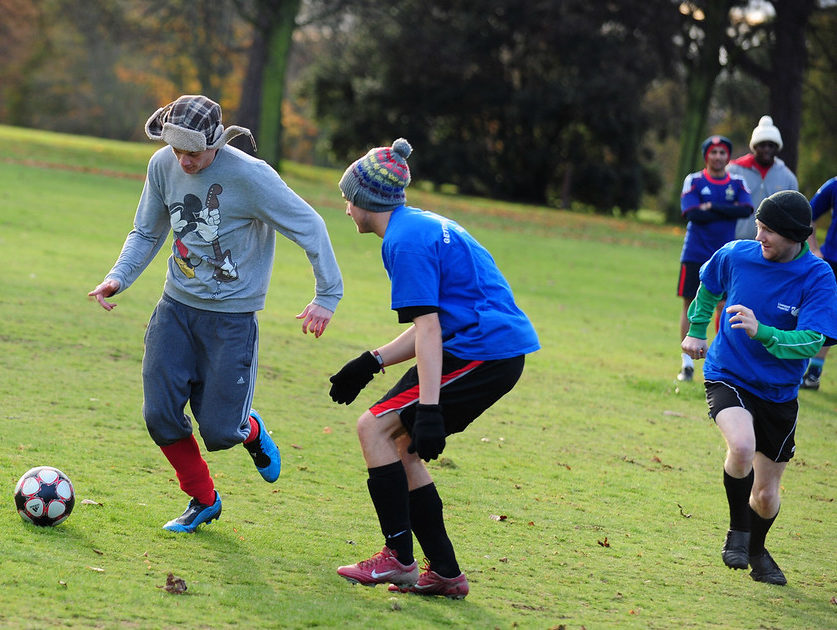
Significant consideration should be given to the creation and maintenance of formal areas for sport and physical activity within open spaces. Facilities such as playgrounds and sports pitches should be available to get people active and provide an easily accessible opportunity for participation.
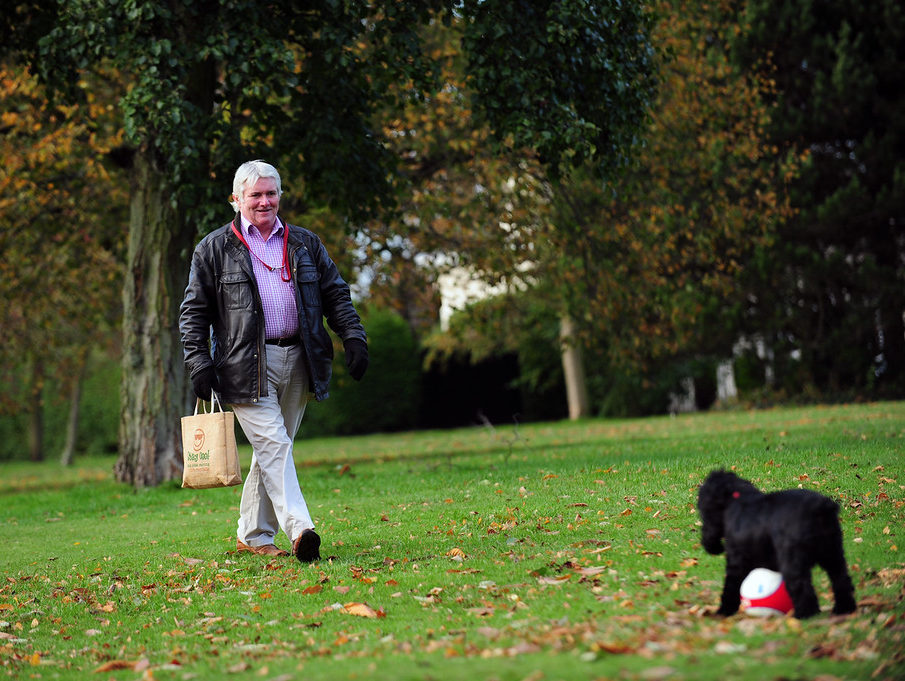
Open spaces should also be suitable for informal physical activity. Such land should be available to be used for a range of activities, providing opportunity for people to be physically active, without necessarily being involved in formal sport. Aside from the zones for activity, this includes infrastructure such as footpaths and benches.

In order to make such space suitable for informal use such as cycling or walking, there must be considerations given to the provision of the environment. Cycle or walking routes should be safe, open, stable and drainable as well as being part of a wider network to make them accessible for all members of a community.
Integrating open spaces within the local community
Active design aims to integrate physical activity into a wider network of everyday life. By placing open spaces at the heart of the community and creating connections with sports facilities, people will become more exposed to the opportunities of engagement with an active lifestyle.
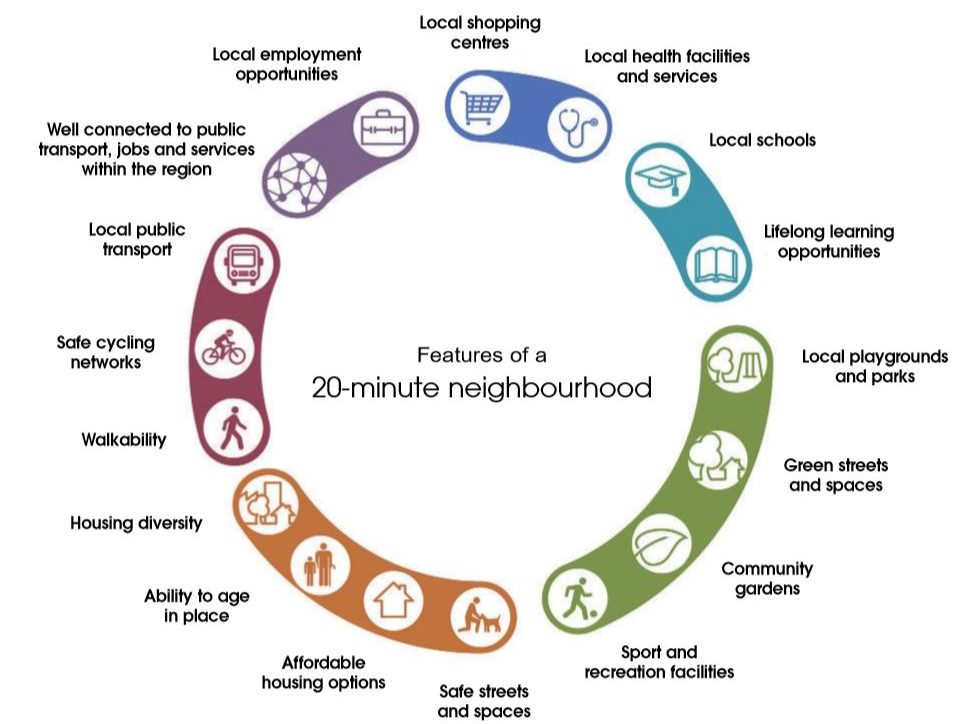
Co-locating a mix of sport and recreation activities together
provides the opportunity for a number of activity choices to be
made at the same location. Positioning sports facilities near to green spaces and parks also helps create a sporting hub within the community.
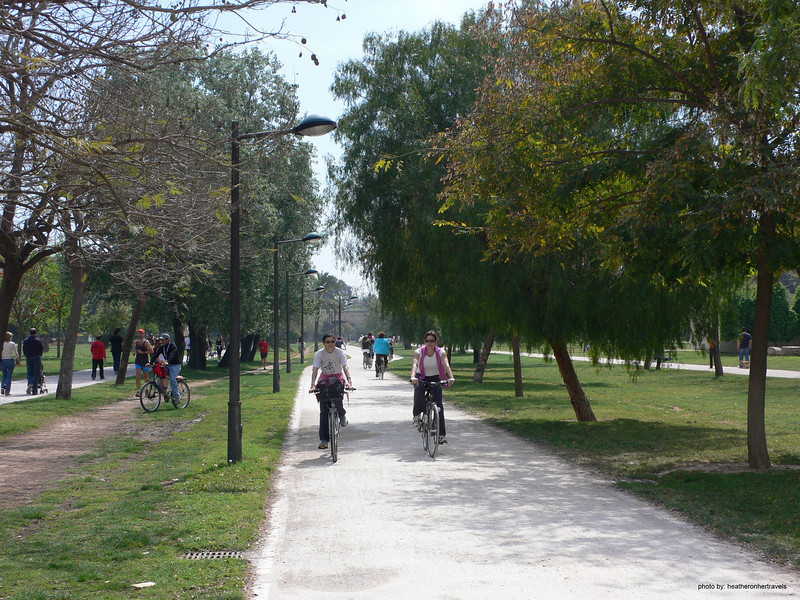
If these spaces are located at focal points within communities, they should become more accessible to a greater number of people. This would also encourage the use of active travel to reach the areas; therefore they must be well connected via walking and cycling routes.
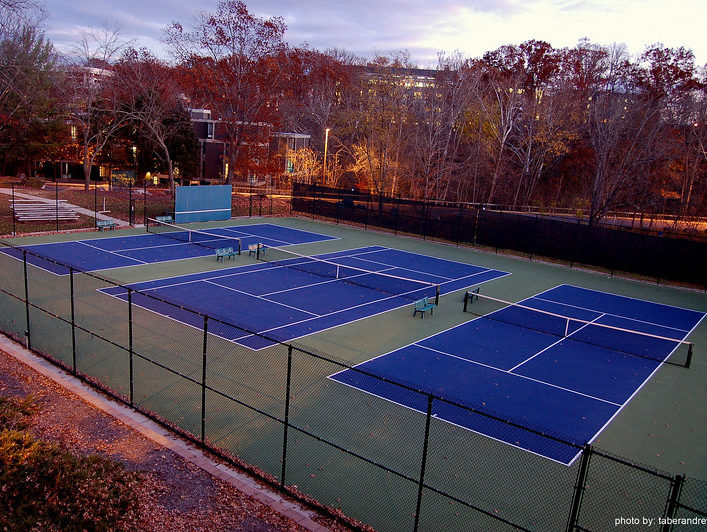
The shared location of similar-use open spaces also allows for appropriate relationships to be built with the surrounding areas. Therefore, consideration should be given to the needs of the immediate community as well as any potential conflicts that could arise. An example of poor practice would be to position a football pitch directly adjacent to a highly populated residential area.
Effectively using all available open space
An important component of active design is ensuring that all space within a design network is used to the best of its potential. Therefore, careful consideration should be given to the intended purpose of open spaces as well as the times that they are available for use.
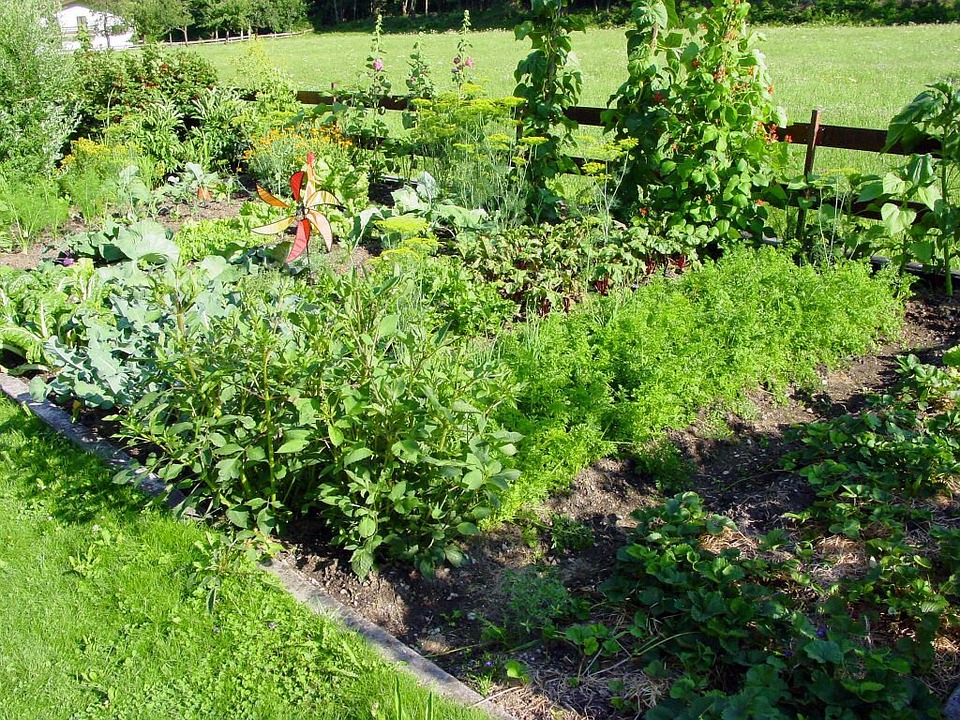
Aside from using open space as sites for physical activity, green spaces such as allotments can be a positive use of land as they can contribute to positive mental health and wellbeing while getting people to socialise outdoors.
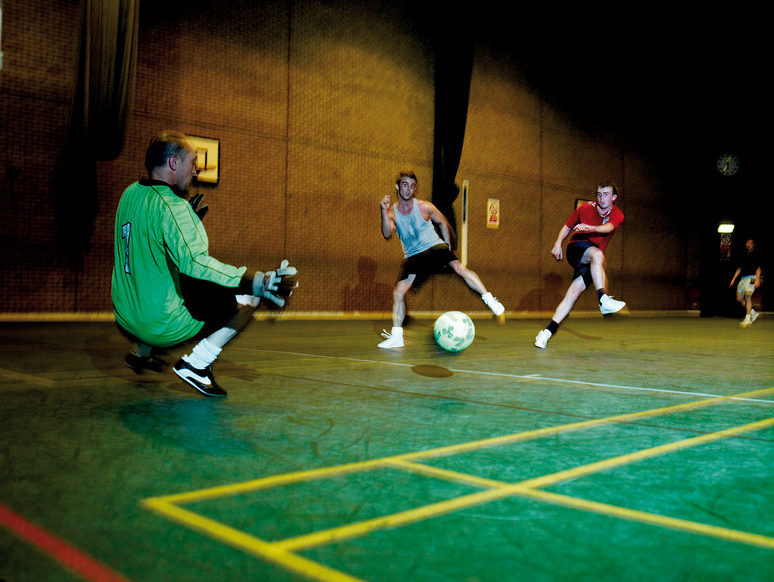
Multi-use of open space should be encouraged, allowing assets to be fully
utilised wherever possible. School sports facilities and playing fields can form
important local open space assets, with use in school hours by pupils, and by the wider community in the evenings and weekends.
Further content is available throughout Healthy Place Making to support the design and development of walkable communities, in addition to a range of further reading selected below.
Share your examples and case studies!
We’re always looking for more examples of great practice when it comes to creating healthier place making! If you know of great examples – whether that’s a well-designed park, a health housing development, or anything else – then please get in touch to share it with us… it’d be great to showcase your example on Healthy Place Making.
